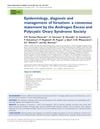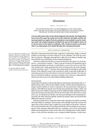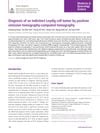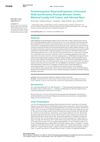Diagnostic Pitfalls in Ovarian Androgen-Secreting (Leydig Cell) Tumors: Case Series
November 2018
in “
Journal of Obstetrics and Gynaecology
”
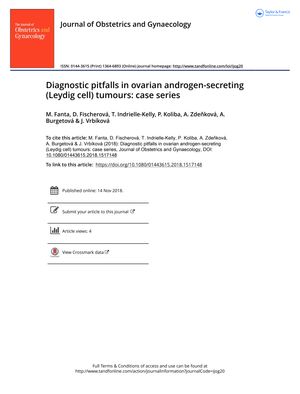
TLDR Ovarian Leydig cell tumors are hard to diagnose with just advanced imaging; expert ultrasound and clinical evaluation are essential.
The document from 2018 presents a case series of three women with ovarian Leydig cell tumors, emphasizing the diagnostic challenges of these rare androgen-secreting tumors. Despite using modern imaging techniques like CT, MRI, and PET-CT, the tumors were not identified in two cases, and one had an inconclusive PET-CT. The document highlights the necessity of specialist gynecologic ultrasonography for diagnosis, as the tumors presented as small, solid, hyperechogenic nodules with increased vascularity on expert sonography. The combination of patient age, symptoms, high total testosterone levels, and skilled ultrasound were key diagnostic indicators. The document concludes that sophisticated imaging alone is insufficient for diagnosis and that a comprehensive evaluation, including clinical examination and expert ultrasonography, is crucial. It also calls for better training of sonographers in this specialty and suggests that a high index of suspicion is necessary for timely and appropriate treatment when initial imaging is inconclusive. The work was supported by Charles University in Prague and the Ministry of Health of the Czech Republic.
